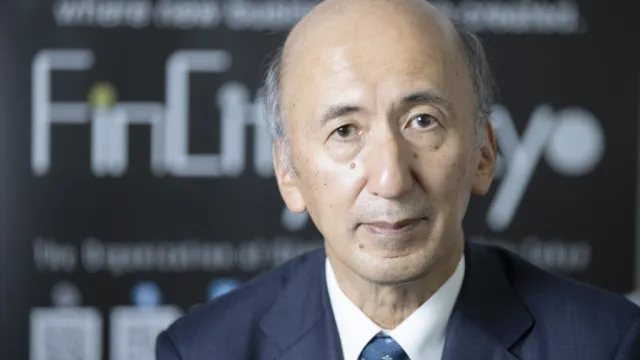
Bank of East Asia seen to cut commercial real estate over the next two years
The bank has shifted its focus from real estate to manufacturing, retail trade, and technology.
The Bank of East Asia (BEA) is expected to continue tightening its risk control and reduce its exposure to commercial real estate over the next two years, according to S&P Global Ratings.
The bank’s 2024 interim results showed this– with BEA noting the weak property markets of mainland China and Hong Kong.
“The situation facing developers in both the Chinese Mainland and Hong Kong continued to be difficult,” BEA had said in its H1 2024 financial review.
As part of tighter risk controls, the bank is focusing on high-quality borrowers with strong collateral and diversified business streams, said S&P analysts Jason Ku and Emily Yi.
“At the same time, the bank can request additional collateral or write down loans to highly leveraged borrowers,” the analysts said.
BEA's loans to property development and investments declined by 13% in the first six months of 2024,, and accounted for about 26% of total loans as of 30 June.
Impaired loans accounted for about 2.6% of BEA’s gross loans, slightly lower than 2.7% at end-2023.
Between Hong Kong’s CRE sector and the mainland China’s CRE sector, Ku and Yi said that the China portfolio is a bigger problem.
“This is because about 85% of the bank's Hong Kong CRE loans are collateralized with an average loan-to-value ratio of about 51% as of June 30, 2024, providing a cushion to asset quality,” the analysts said.
As it tightens risk controls, BEA will gradually diversify its loan portfolio to non-property sectors. These sectors will likely be the manufacturing, wholesale, and retail trade sectors.
BEA is notably expanding wholesale loans in China to industries with higher growth prospects than the real estate sector, such as technology, healthcare, consumer goods, and auto manufacturing, Ku and Yi said.






![Cross Domain [Manu + SBR + ABF + ABR + FMCG + HBR + ]](https://cmg-qa.s3.ap-southeast-1.amazonaws.com/s3fs-public/styles/exclusive_featured_article/public/2025-01/earth-3537401_1920_4.jpg.webp?itok=WaRpTJwE)









 Advertise
Advertise


